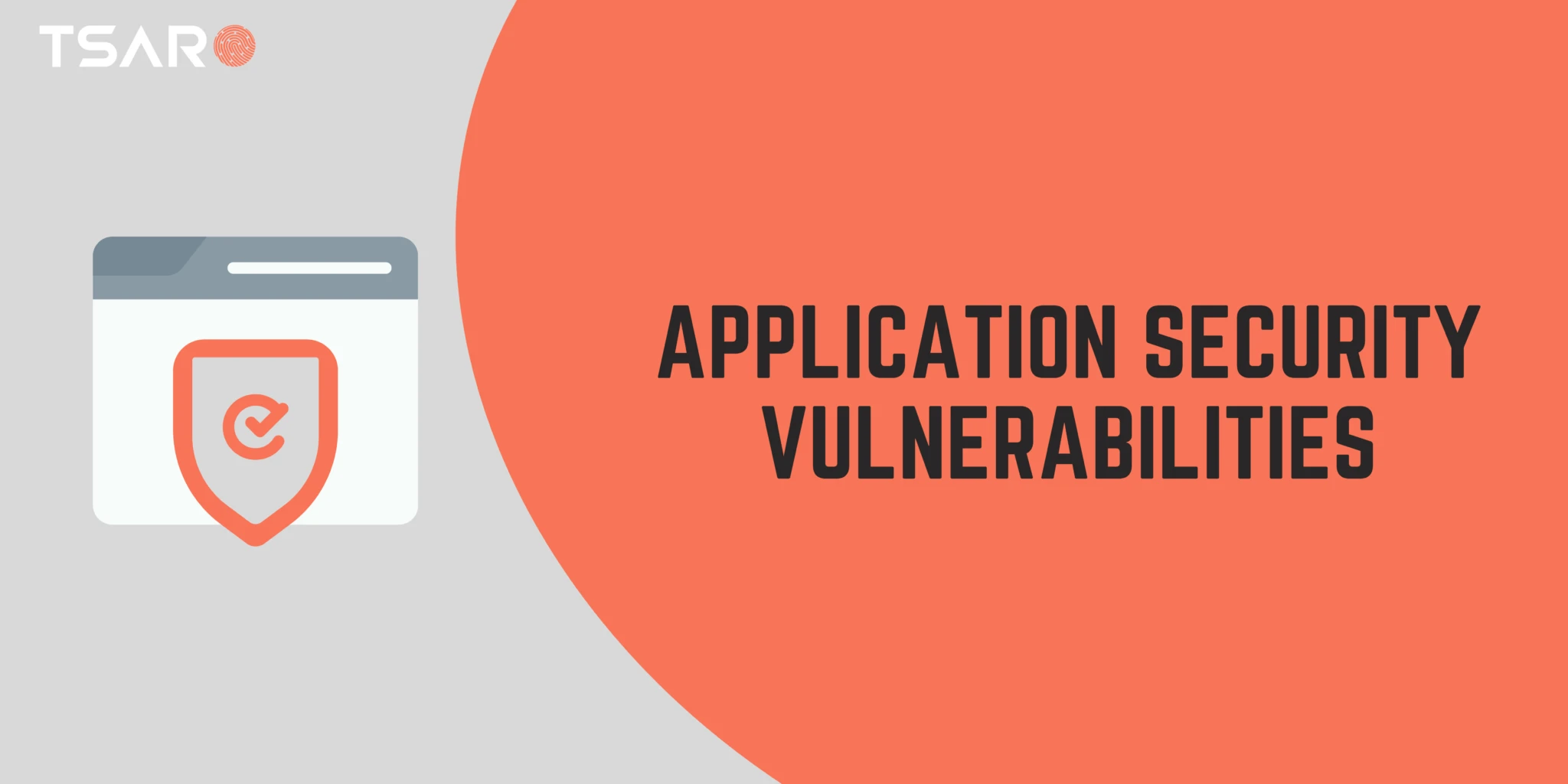One of the most prominent challenges organizations face today is how to build a secure application strategy. It is no simple effort to make an application security strategy that is both extensive and powerful. But it is vital, as a breach can be quite costly to the organization.
From daily users to corporations, companies, and enterprises, depending on web applications for their everyday activities, web application security has become a critical aspect that businesses need to pay close attention to.
Most importantly, an application security strategy is necessary to deal with any application risks. Hackers and attackers have begun to target web applications more and more with each passing day.
Read more on how we design AppSec strategies for our clients. READ MORE.
So what is an Application Security Risk?
Application security risks are the vulnerabilities present in an application that allows attackers to take advantage of the application or the data it possesses to use it for their own needs.
These vulnerabilities must therefore be addressed or removed to prevent breaches, attacks, and risks.
These attacks can include phishing attacks, installing malware, or in some cases, even remotely controlling an infected computer or network.
The cost of a data breach:
The cost is one of the leading reasons a secure application strategy is at the top of every organization’s priorities. The company’s size does not matter; a data breach of any size can have disastrous consequences for your company, financially and reputation-wise.
If we look only at the financial angle, the costs of a data breach continue to affect your bottom line for years negatively. The cost of data breaches has been increasing.
If we look only at the financial angle, the costs of a data breach continue to affect your bottom line for years negatively. Worse yet, the cost of data breaches is increasing.
A recent report found that the average cost of a data breach is currently at $3.92 million. It represents a 10.2 percent increase over the last five years.
Quick Facts from the Report :
- Organizations that are subject to rigorous regulation have higher average data breach costs.
- The Top 5 industries that have the highest average total cost of a data breach :
-
- Healthcare
- Energy
- Financial
- Pharma
- Technology
- The Average cost of the data breach has gone up for mid-sized organizations has gone up 7 percent, which is $4.72 million in 2020.
- The primary root causes and breakdown for a data breach are Human error at 23 percent, a Malicious attack at 52%, and a system glitch at 25%.
- The difference in the average total cost of a data breach for organizations without security automation and fully deployed automation is $3.58 million.
So How to build your Application Security Strategy?
To prevent application security attacks and vulnerabilities, enterprises and corporate application developers must formulate a comprehensive application security strategy.
This strategy must make every effort to identify significant risks, prevent these risks from attacking applications while also putting processes to enable this.
Please keep the below points in mind while creating an application security strategy for your company:
Conduct comprehensive AppSec Testing:
It’s crucial to prevent the application’s exposure to any potential risks. So do fix this first. Conduct a thorough test of the current application suite with a blended testing tool, including Static Application Security Testing (SAST) tools, Interactive Application Security Testing (IAST) tools, and Software Composition Analysis (SCA) tools, Dynamic Application Security Testing (DAST) tools. The industry approach recommends combining manual testing and threat modeling.
A well-driven structured strategy starts from the organization’s top and should be throughout the organization. All C-suite leaders should guide the communication and commit to security. Pay close attention to the threats and attacks prevalent in the industry and keep an eye on recent attacks to ensure that your applications remain risk-free.
Infuse security into your DevOps
Build-in security at every step of the application development process and ensuring that the development and security teams are in synergy. Ensure that you always make use of best-in-class integrated data and systems to ensure system-wide and company-wide security. Build an environment of collaboration and open communication to drive a successful DecSecOps strategy.
Use vulnerability management tools :
Bring in an application vulnerability management process. Integrate sound application vulnerability finders and tools with the development process to detect vulnerabilities. Analyze results from SAST and DAST tools, and prioritize which vulnerabilities to address.
Check the security requirements:
Ensure that the internal and external security requirements align with the required business service levels. Prioritize security requirements through the development process, plan accordingly to keep your speed of development, and be focused on application security aspects that are covered throughout.
Develop your AppSec plan and Risk Management Process
Document all application security strategies. Check the plan every year to ensure that it remains accurate and serves the design for the organization. Make sure to add all tools used to monitor and address security issues and aligned organizational standards. Lastly, create and execute a risk-management process.
We hope you found this piece on application security a helpful strategy. We hope you will keep the pointers mentioned above in mind while creating an application security management process for your enterprise or company.
Reach out to us to understand more about how you can build your AppSec strategy.



